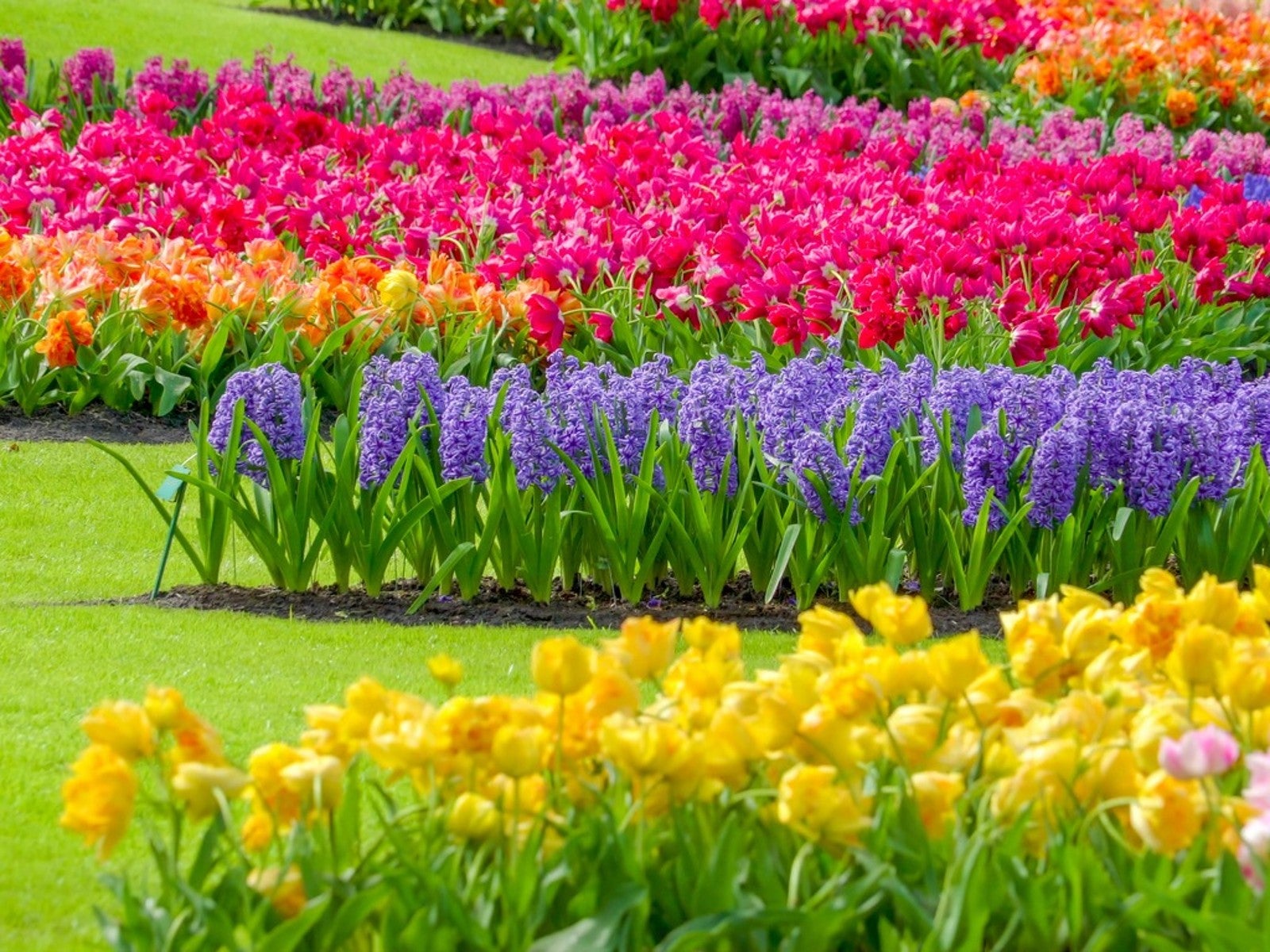Most Common Flower Color In The World


Everyone has their favorite color, especially when it comes to flowers. Some gardeners like to seek out the rarest flower colors, while others have their personal favorites regardless of how common they might be. So, how do flowers get their color? Which are most common and most rare?
The Secret of Flower Coloring
The science behind color involves both physics and chemistry, light and chemical compounds. Light is energy, an electromagnetic wave made up of particles called photons. Each photon carries a certain amount of energy. Molecules, chemical compounds made up of atoms, also have varying amounts of energy.
When light strikes an object, the photons are either absorbed by or bounce off it depending on the energy levels of the photons and the object’s molecules. If the photon bounces away, it can enter the human eye, where we perceive it as a specific color.
When you look at a flower, you are seeing the light it reflects and not the light it absorbs. A marigold, for instance, reflects a pattern of wavelengths of light we see as orange. It absorbs other colors.
As they evolved, plants used color to their advantage. They developed colorful flowers to attract pollinators. Two important types of chemical compounds, with many individual varieties, make up petal colors: carotenoids and anthocyanins.
Different combinations of these compounds give us all the beautiful and varied shades of flowers. A flower that has neither compound is white and reflects all wavelengths of light at once.
What is the Most Common Flower Color?
There really is no concrete answer to this question. Pollinators love bright colors within their range of vision. That range varies by species and is a little different from humans’ range of color perception. Hummingbirds, for instance, can see colors past red and into the infrared range.
Sign up for the Gardening Know How newsletter today and receive a free copy of our e-book "How to Grow Delicious Tomatoes".
The most common flower color has not been defined but varies by region. For instance, often overlooked pollinators, like flies, prefer paler colors. They are attracted to light colored and white flowers. In regions where flies are the predominant pollinators, white flowers are more common.
Rare Flower Colors
To make blue and purple, flowers need forms of anthocyanins that are somewhat unstable. This is why these colors are the most rare. It’s easier to utilize carotenoids and stable anthocyanins to produce orange, red, yellow, and pink shades. These colors are more common.
Also rare are green flowers. Chlorophyll is the molecule that makes plants green and that is responsible for photosynthesis, the process by which plants make food. Flowers can be green too, but this coloration makes it more difficult for pollinators to distinguish between blooms and leaves. This is likely why it’s rare.
Many flowers also reflect ultraviolet light, a type of light that is out of the range of human vision. Honeybees can see this color, so flowers that produce it attract more pollinators.
Some flowers have colors so rare that they don’t actually exist in nature. For example, black flowers are entirely creations of human cultivation. A black flower, which is really a very deep purple, would be difficult for pollinators to see. Even among cultivated varieties, this is a rare color. It’s difficult to create something that requires such a high concentration of the unstable anthocyanin compounds, but it has been done. You can find tulips, hellebore, calla lilies, petunias, pansies, and orchids in striking shades of human-created near-black.
Flower coloration is a complicated and fascinating subject. While no one can fully answer the question of the most common or rare color, there are obvious colors that dominate the flower world, all based on getting pollinated and reproducing.

Mary Ellen Ellis has been gardening for over 20 years. With degrees in Chemistry and Biology, Mary Ellen's specialties are flowers, native plants, and herbs.